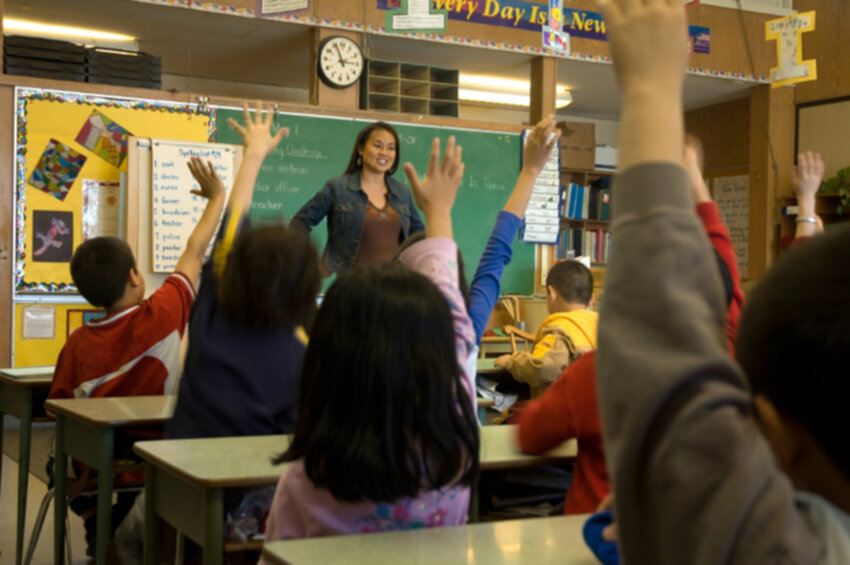Statistical Portrait on Social & Emotional Issues
When looking at a statistical portrait on social and emotional issues of children among the races, the ones who are the most overlooked in this country are minority youth and children. A report on racial and ethnic disparities by the Wilder organization, for instance, found that children from minority families are 33 to 50 percent less likely to receive mental health services as white kids.
Hispanic children, however, have it the worst, as they are the least likely among all minorities to receive treatment if they need it and only one-third likely compared to white children. This is unfortunate, because due to the challenges they already face, minorities are sometimes the ones who need services the most. The ones who are even more at risk than that are those who immigrated here.

Many have come to this country and have often left behind an extended family network and a familiar social context. Once they arrive, they then have to learn an entirely new culture and language. These radical changes, simply put, can take a huge toll on a child. Because many already come from low-income backgrounds and is often the reason they immigrated here in the first place, their basic needs are not always getting met either. As a result, these are the children and youth who are the most susceptible to social and emotional issues, specifically suicide, drug and alcohol abuse, dropping out of school and possibly a life of crime.
Not surprisingly, the answer to helping them lies in preventative care and the younger, the better. OECD, an organization that works toward improving the social well-being of people around the world, states that preschool programs and education-oriented care can help kids tremendously in developing their language and cognitive skills. Then, once formal instruction begins, this will give these kids a huge head start in school and in life.
Finding educational programs that support ELL students’ first language, such as The Latino Family Literacy Project, can make an enormous difference on their overall academic and language acquisition success.
